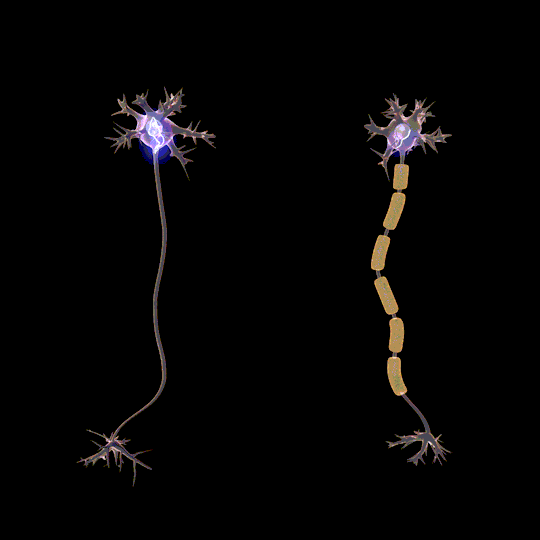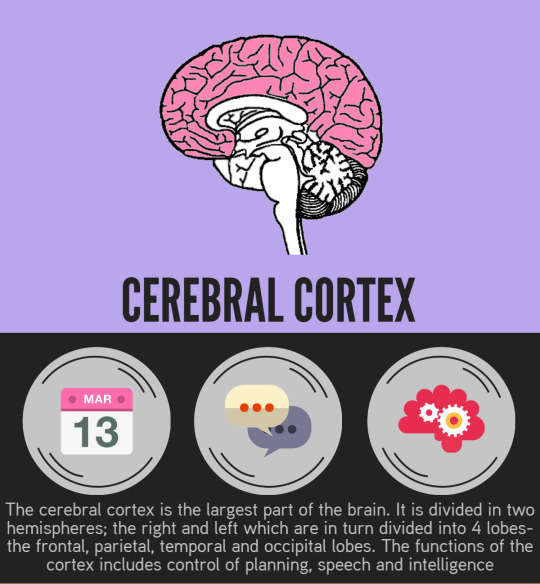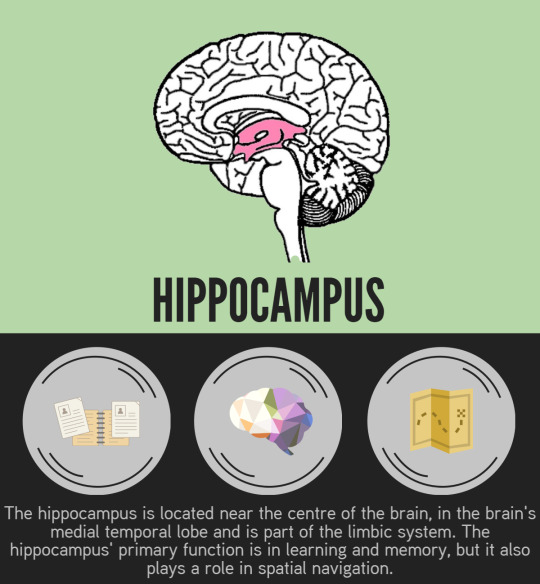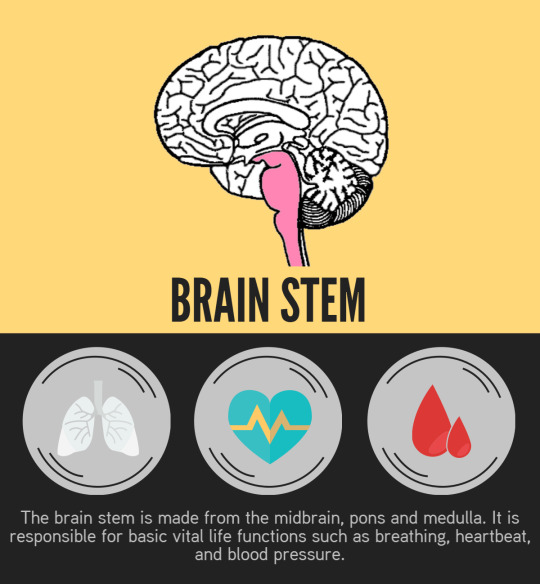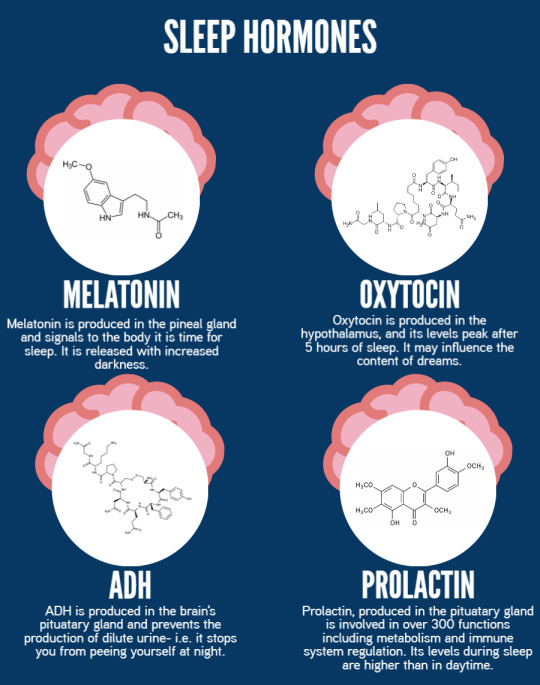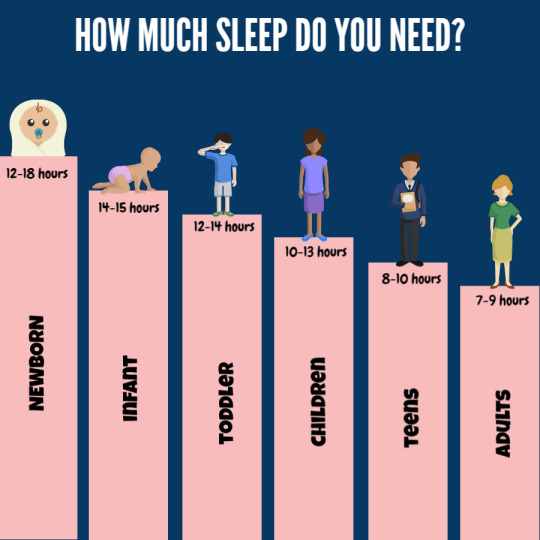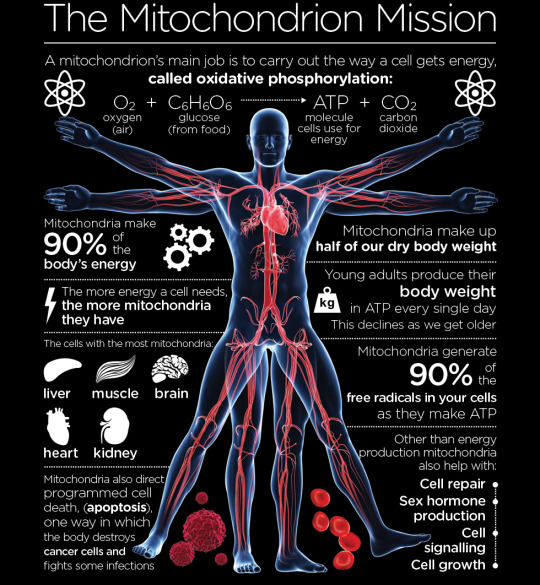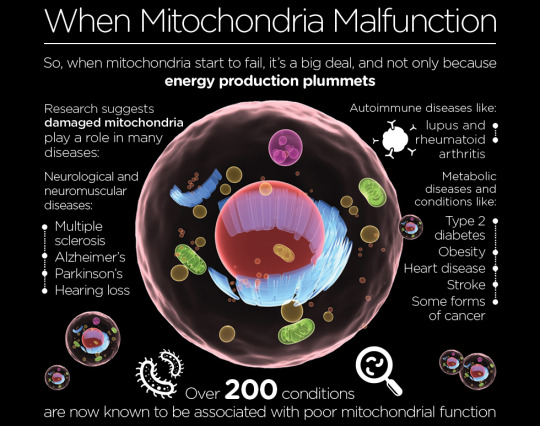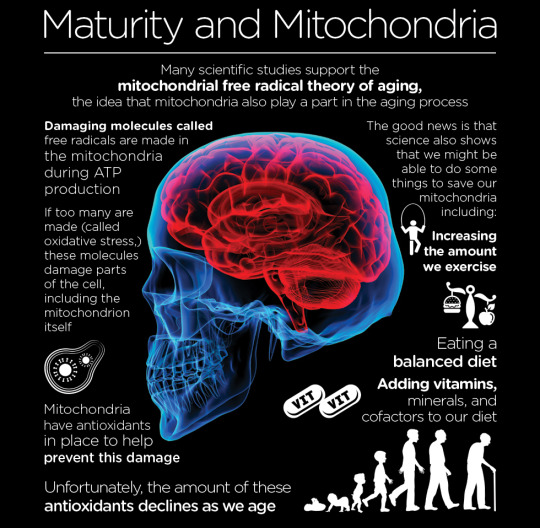Link
56 notes
·
View notes
Photo

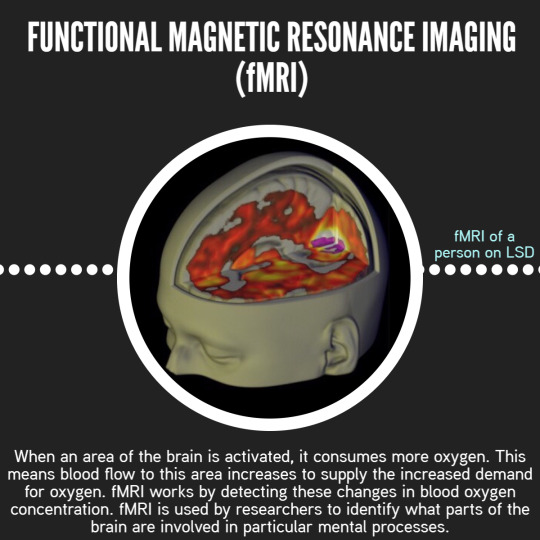
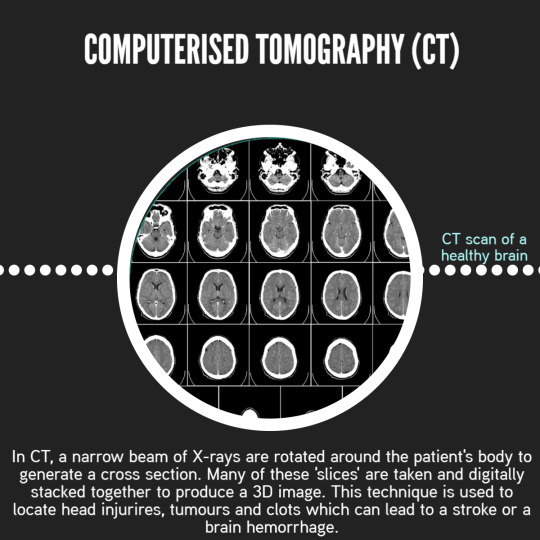
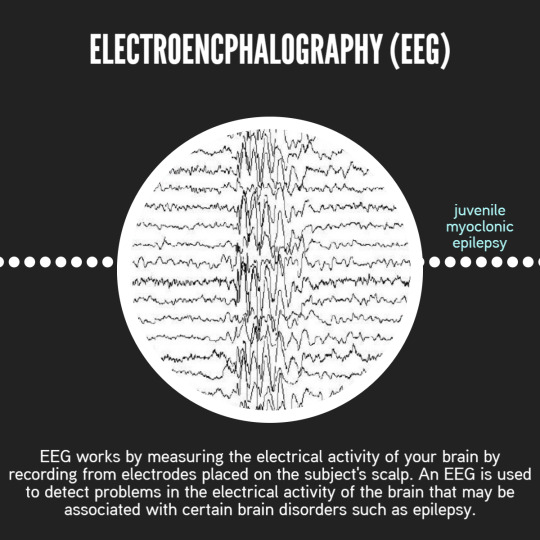
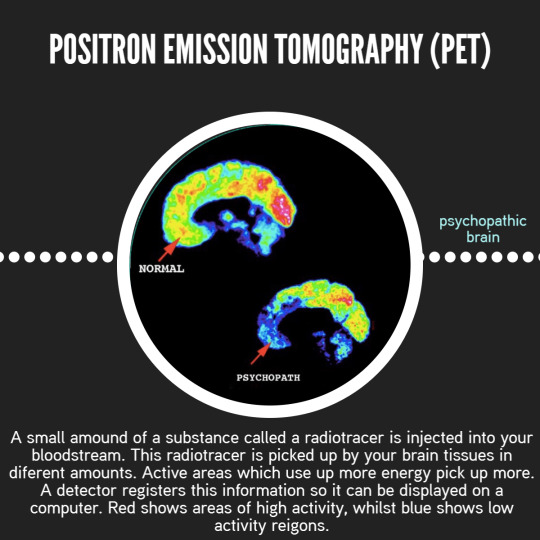

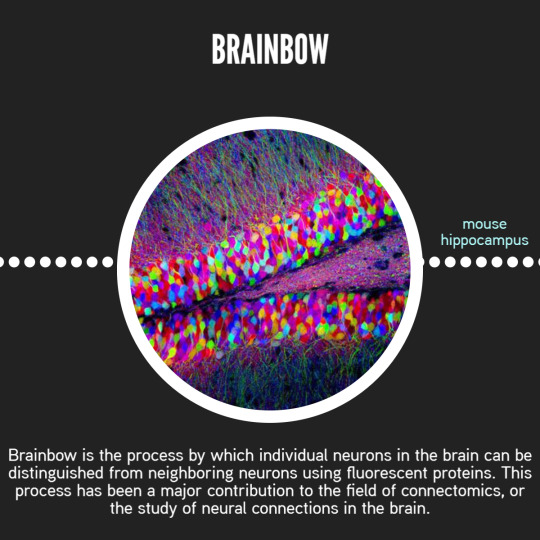

Recent technological and scientific advances have fuelled a neuroscientific revolution. Imaging techniques such as those shown above have given us an unprecedented view into the structure and function of our brain.
17K notes
·
View notes
Photo


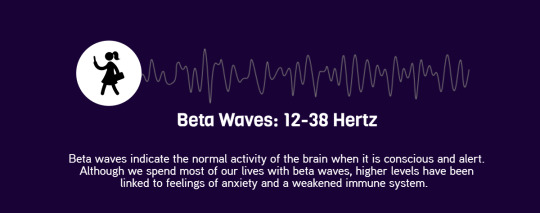
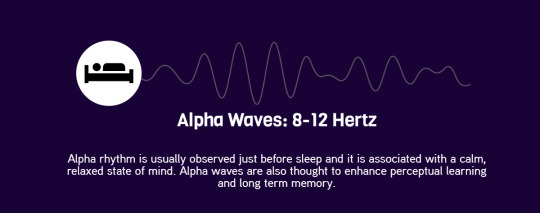
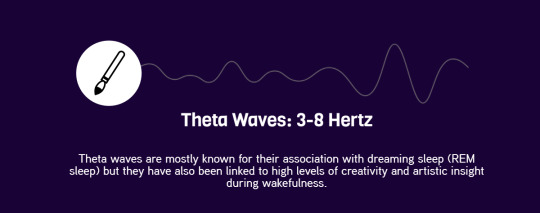
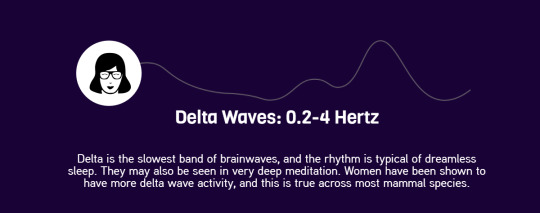

A human brain has around 86 billion neurons, and the communication between these neurons are constant. The sheer scale of these interactions mean a computer (an EEG) can register this electrical activity, with different frequencies indicating different mental states.
Sources
12K notes
·
View notes
Photo

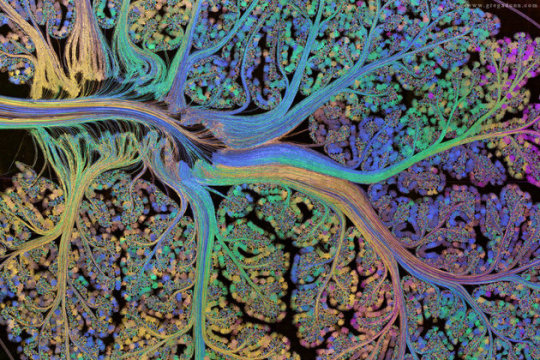
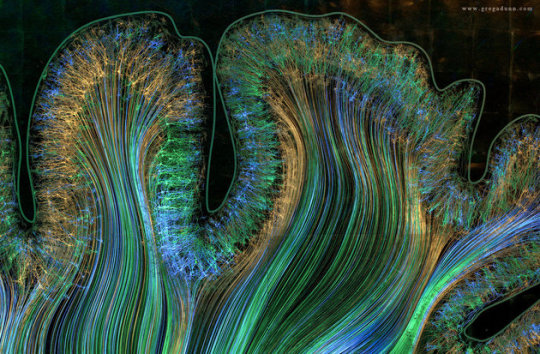
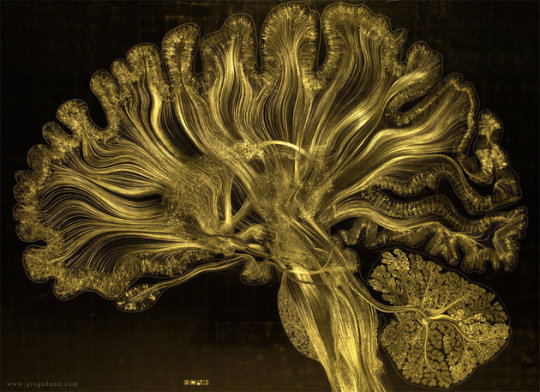
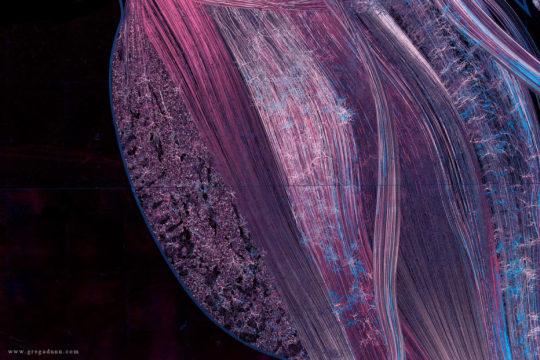

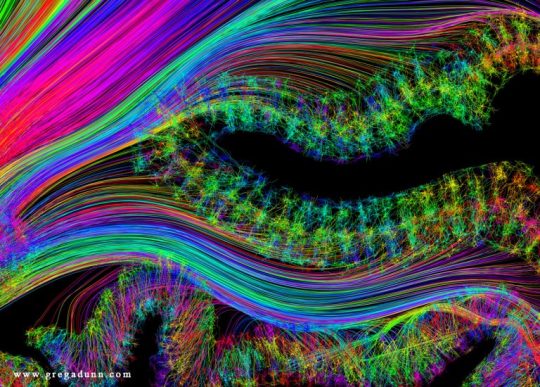
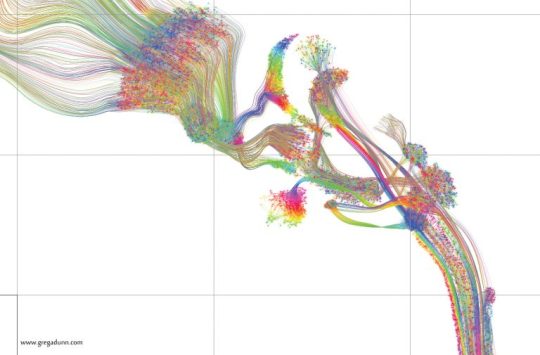


Giant Artwork Reflects The Gorgeous Complexity of The Human Brain
The new work at The Franklin Institute may be the most complex and detailed artistic depiction of the brain ever.
Your brain has approximately 86 billion neurons joined together through some 100 trillion connections, giving rise to a complex biological machine capable of pulling off amazing feats. Yet it’s difficult to truly grasp the sophistication of this interconnected web of cells.
Now, a new work of art based on actual scientific data provides a glimpse into this complexity.
The 8-by-12-foot gold panel, depicting a sagittal slice of the human brain, blends hand drawing and multiple human brain datasets from several universities. The work was created by Greg Dunn, a neuroscientist-turned-artist, and Brian Edwards, a physicist at the University of Pennsylvania, and goes on display at The Franklin Institute in Philadelphia.
“The human brain is insanely complicated,” Dunn said. “Rather than being told that your brain has 80 billion neurons, you can see with your own eyes what the activity of 500,000 of them looks like, and that has a much greater capacity to make an emotional impact than does a factoid in a book someplace.”
To reflect the neural activity within the brain, Dunn and Edwards have developed a technique called micro-etching: They paint the neurons by making microscopic ridges on a reflective sheet in such a way that they catch and reflect light from certain angles. When the light source moves in relation to the gold panel, the image appears to be animated, as if waves of activity are sweeping through it.
First, the visual cortex at the back of the brain lights up, then light propagates to the rest of the brain, gleaming and dimming in various regions — just as neurons would signal inside a real brain when you look at a piece of art.
That’s the idea behind the name of Dunn and Edwards’ piece: “Self Reflected.” It’s basically an animated painting of your brain perceiving itself in an animated painting.
To make the artwork resemble a real brain as closely as possible, the artists used actual MRI scans and human brain maps, but the datasets were not detailed enough. “There were a lot of holes to fill in,” Dunn said. Several students working with the duo explored scientific literature to figure out what types of neurons are in a given brain region, what they look like and what they are connected to. Then the artists drew each neuron.
Dunn and Edwards then used data from DTI scans — a special type of imaging that maps bundles of white matter connecting different regions of the brain. This completed the picture, and the results were scanned into a computer. Using photolithography, the artists etched the image onto a panel covered with gold leaf.
“A lot of times in science and engineering, we take a complex object and distill it down to its bare essential components, and study that component really well” Edwards said. But when it comes to the brain, understanding one neuron is very different from understanding how billions of neurons work together and give rise to consciousness.
“Of course, we can’t explain consciousness through an art piece, but we can give a sense of the fact that it is more complicated than just a few neurons,” he added.
The artists hope their work will inspire people, even professional neuroscientists, “to take a moment and remember that our brains are absolutely insanely beautiful and they are buzzing with activity every instant of our lives,” Dunn said. “Everybody takes it for granted, but we have, at the very core of our being, the most complex machine in the entire universe.”
Image 1: A computer image of “Self Reflected,” an etching of a human brain created by artists Greg Dunn and Brian Edwards.
Image 2: A close-up of the cerebellum in the finished work.
Image 3: A close-up of the motor cortex in the finished work.
Image 4: This is what “Self Reflected” looks like when it’s illuminated with all white light.
Image 5: Pons and brainstem close up.
Image 6: Putkinje neurons - color encodes reflective position in microetching.
Image 7: Primary visual cortex in the calcarine fissure.
Image 8: Basal ganglia and connected circuitry.
Image 9: Parietal cortex.
Image 10: Cerebellum.
Credit for all Images: Greg Dunn - “Self Reflected”
Source: The Huffington Post (by Bahar Gholipour)
6K notes
·
View notes
Photo
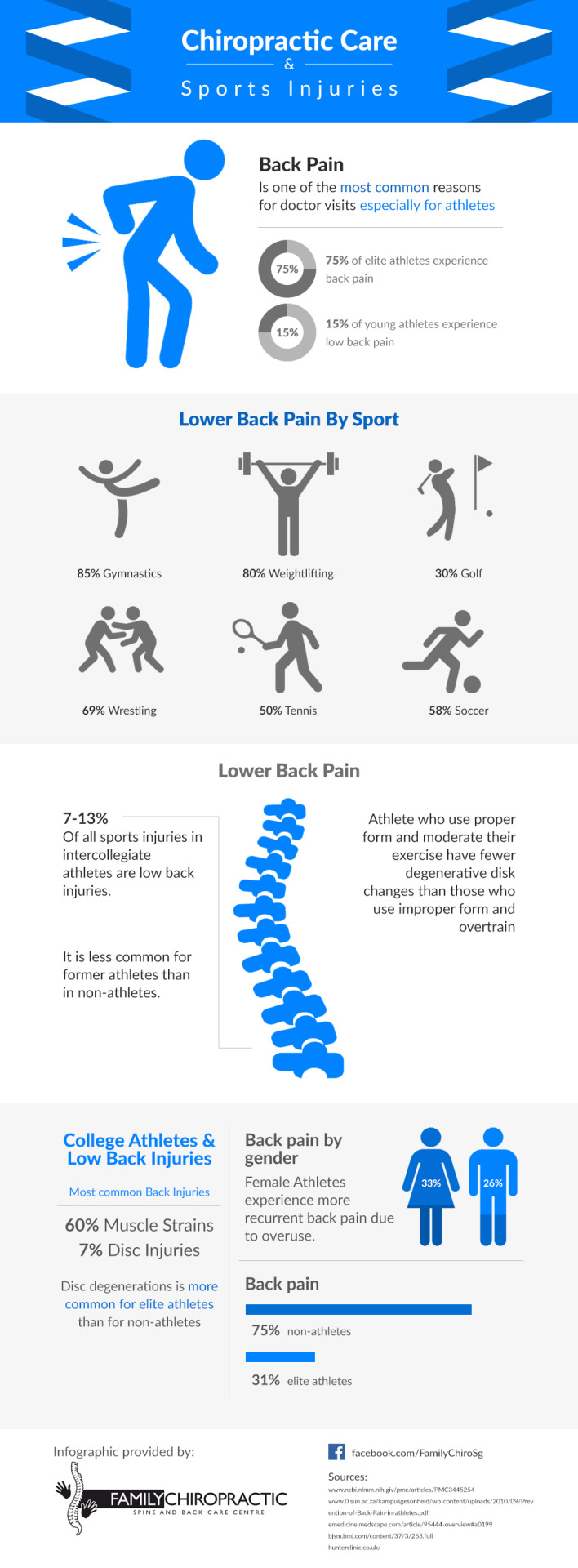
Recover from sports injuries quickly by receiving #Chiropracticcare .
4 notes
·
View notes
Quote
He told me “The fact that you acknowledge your fear makes me think you are ready to transcend it.” and ended by saying “In your heart you already know what you want to do. Do that.”
How Taking a Step Backward Can Be the Best Way Forward (via obsessivecompulsive)
3 notes
·
View notes
Photo

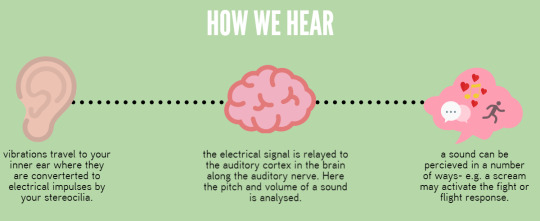

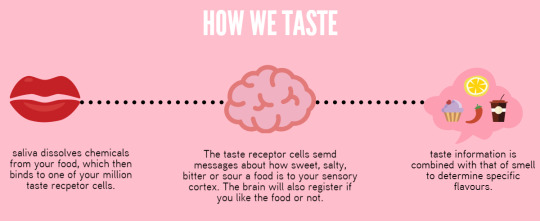
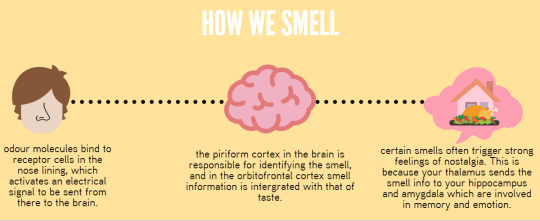


We actually have around 20 senses (depending on how you count) but this infographic outlines the 5 main ones; hearing, seeing, tasting, smelling, and touch. More like this on To Be A Genius.
6K notes
·
View notes
Photo
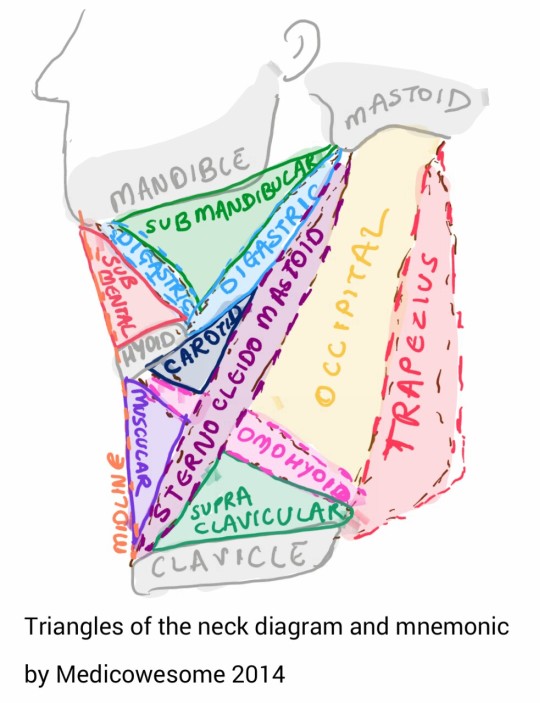
Hello!
This post focuses only on boundaries of various triangles in the neck. Let’s do this!
Anterior triangle -
Submental triangle mnemonic:
“CHIN”
C: Chin is the apex
H: Hyoid bone is the base
IN: In between digastrics (Sides)
Digastric triangle mnemonic:
“MANDible”
M: Mastoid and mandible is base.
A: Anterior
N: N (And) posterior belly of
D: Digastric
Carotid triangle mnemonic:
“SO PDFS”
SO: Superior belly of Omohyoid
PD: Posterior belly of Digastric
FS: Front of Sternocleidomastoid
Muscular triangle mnemonic:
“MuSCular”
M: Median line of the neck
S: Superior belly of omohyoid
SC: Sternocleidomastoid
Posterior triangle -
Occipital triangle mnemonic:
“OCcipital Triangle”
O: Omohyoid
C: sternoCleidomastoid
T: Trapezius
Supraclavicular triangle mnemonic:
“SupraClavicular-o!”
S: Sternocleidomastoid
C: Clavicle
O: Omohyoid
That’s all!
-IkaN
1K notes
·
View notes
Photo

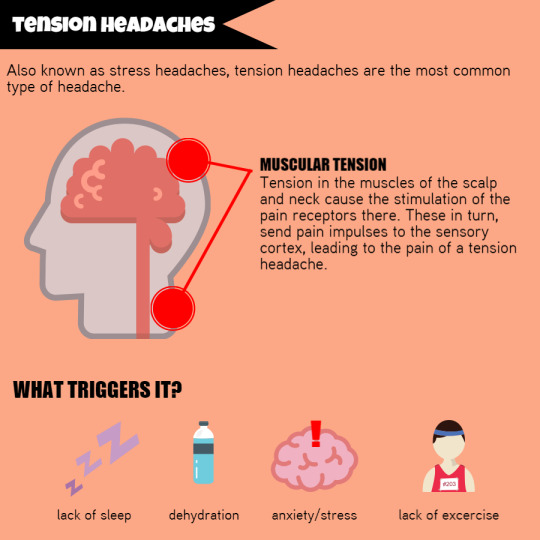
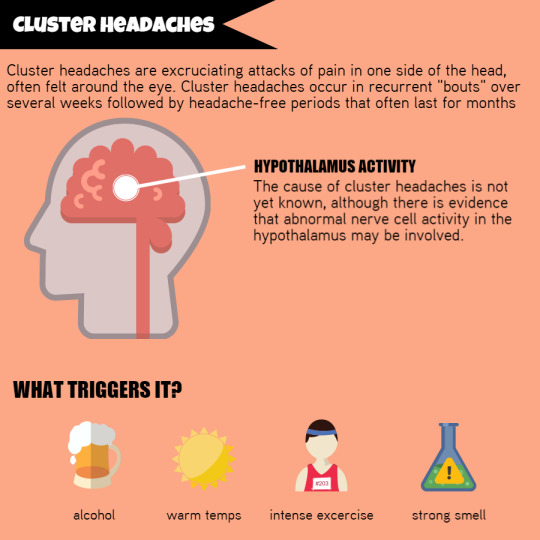
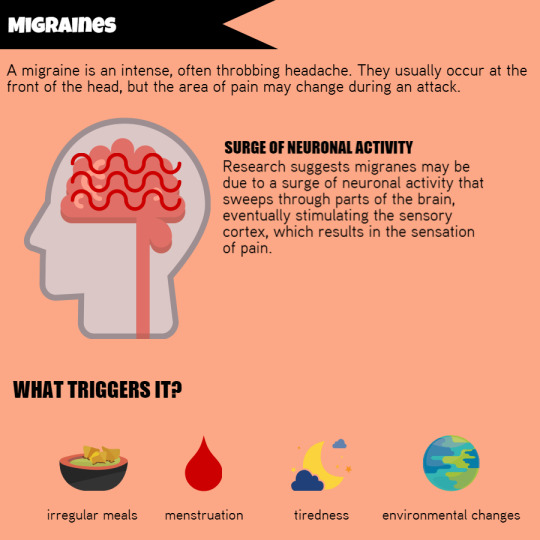
Headaches are still largely a medical mystery. We have no pain receptors on our brain, yet we so often experience pain which seems to come from it. This infographic outlines the 3 main types of headaches, and their probable causes.
14K notes
·
View notes
Photo










Pyschological Life Hacks. More like this on To Be A Genius and Pysch2Go
49K notes
·
View notes
Photo







We actually have around 20 senses (depending on how you count) but this infographic outlines the 5 main ones; hearing, seeing, tasting, smelling, and touch. More like this on To Be A Genius.
6K notes
·
View notes
